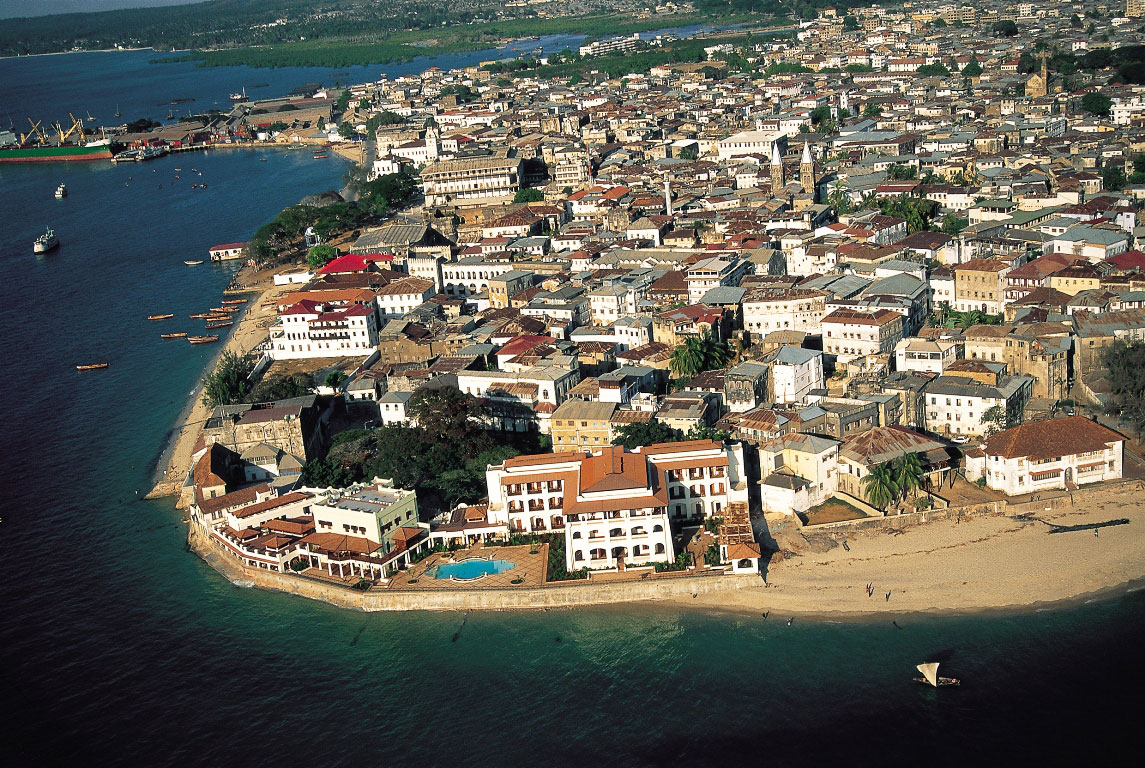Introduction
The main island of the Zanzibar archipelago, also known as Unguja, has been at the prow of Indian Ocean trade for over a millennium. Vasco de Gama arrived here only to find a prospering society attaining sufficient status for the Omani sultans to relocate their court there, bringing traditions and languages that were to fuse the African and Arabic cultures into the unique civilization of modern Zanzibar.
The buildings that tumble throughout the Stone Town today date back to this period, each an emblem of a rich and tumultuous history depicted through Arabian-Nights palaces, melancholic Slave markets, aromatic Spice bazaars and two ornate cathedrals. Amidst the working dhows, ornate carved doors, labyrinthine alleyways and minaret-toothed skylines, there lies a familiarity borne of myth and legend, that feeling of intimacy and wonder that is Zanzibar's enticing allure.
Elsewhere, the coastline is one extended stretch of idyllic beach - fine, white sands, azure lagoons, coral reefs and coconut palm fringes, home to traditional Swahili fishing cultures and a range of small beach lodges and resorts. Zanzibar's inviting waters offer world class scuba diving and deep sea fishing amongst many other pursuits.
Best time to visit:
Year-round, save for the monsoons of April, May and November. The peak seasons of August and Christmas are difficult in terms of bookings and sheer proliferation of other visitors and are best avoided.
